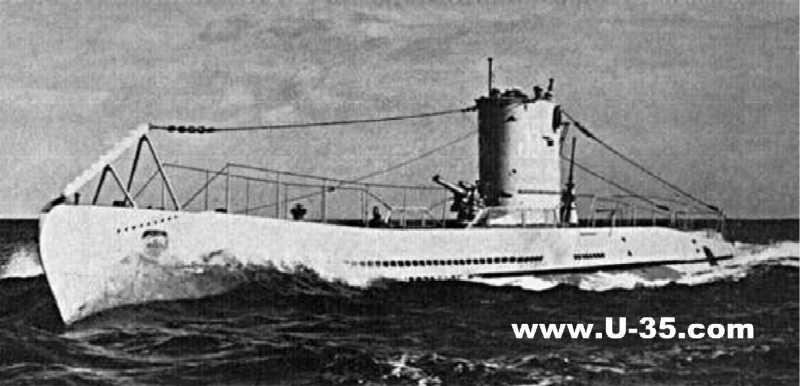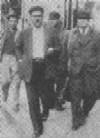
The War Illustrated
Volume 1 Number 7, October 28th, 1939, page 220
We Were Put Ashore by a U-Boat
Here is the story told by the skipper of the Greek steamer “Diamantis”
to “The Daily Telegraph” of how, on October 4, 1939, he and his men were landed
in Ireland after 34 hours’ hospitality in a German submarine.
WATCHED by Civic Guards who were powerless to interfere, a German U-boat appeared within 100 yards of the shore on a lonely part of the Kerry Coast, Eire, landed 28 survivors of a Greek steamer which she had sunk, and then made off and submerged.
The incident took place last evening off Ventry, a hamlet overlooking a small bay near Dingle, 81 miles from Tralee.
This is close to the spot where Sir Roger Casement, the Irish rebel, was landed from a German submarine in a collapsible boat in 1916.
The 28 members of the crew of the Greek
vessel, the “Diamantis,” 4,990 tons, were put off in a collapsible boat
belonging to the submarine.
Civic Guards, patrolling the coast, saw
the submarine on the surface and hastened to the spot, but they were too late
to make any attempt to detain her. While they were still some distance away the
submarine stood off and submerged.
After being looked after at Dingle the
crew of the “Diamantis,” six of whom were suffering from shock, arrived here
this evening. They later left for Holyhead. Capt. Panagos, the master of the
Greek steamer, described events to me as follows:
“When we were about 40 miles off Land’s
End on Tuesday the U-boat came to the surface about 1.30 p.m. The commander
hailed us and we stopped. He then told us that he was going to sink the
‘Diamantis.’ He did not ask for our papers.
“He ordered us to abandon ship, but when
he saw that the sea was so rough that our small boats could not possibly live
in it he took us aboard the submarine. Four of us were taken across at a time, this
necessitating seven trips as there were 28 of us. We were not allowed to take
our belongings. When we got aboard the submarine three or four torpedoes were
fired at our vessel and she sank in about 20 minutes.
“Many of us were wet to the skin and the submarine’s
crew dried our clothes and gave us hot food and cigarettes.
“Most of the members of my crew were able
to sleep a little although all the time we were wishing that we were out of the
submarine. The captain of the submarine spoke English and I was able to talk to
him for short periods when he was off duty.
“When we had been on board for about 34
hours we came to the surface off the Irish coast at about 5:30 yesterday
evening. A collapsible boat was lowered and again seven trips were made to the
shore. The submarine remained about 50 yards off the shore, which appeared to
be deserted. Immediately the submarine had taken the boat aboard she submerged
and that was the last we saw of her.
“The crew waved good-bye to us. We were taken charge of by local policemen and the local people looked after us very well.”
The captain said that the commander of the submarine, who appeared to be about 30, had treated them with the greatest
courtesy. The crew of the submarine numbered 34.


The submarine that sank the
"Diamantis" and afterwards landed the crew at Dingle, Co. Kerry, is seen above. She Is U 35, a sea-going submarine of 500 tons. The crew afterwards proceeded to England, and in the top photograph the master, Captain Panagos, is seen in London with some of the crew.
Photos, Topical